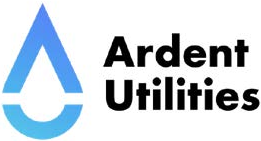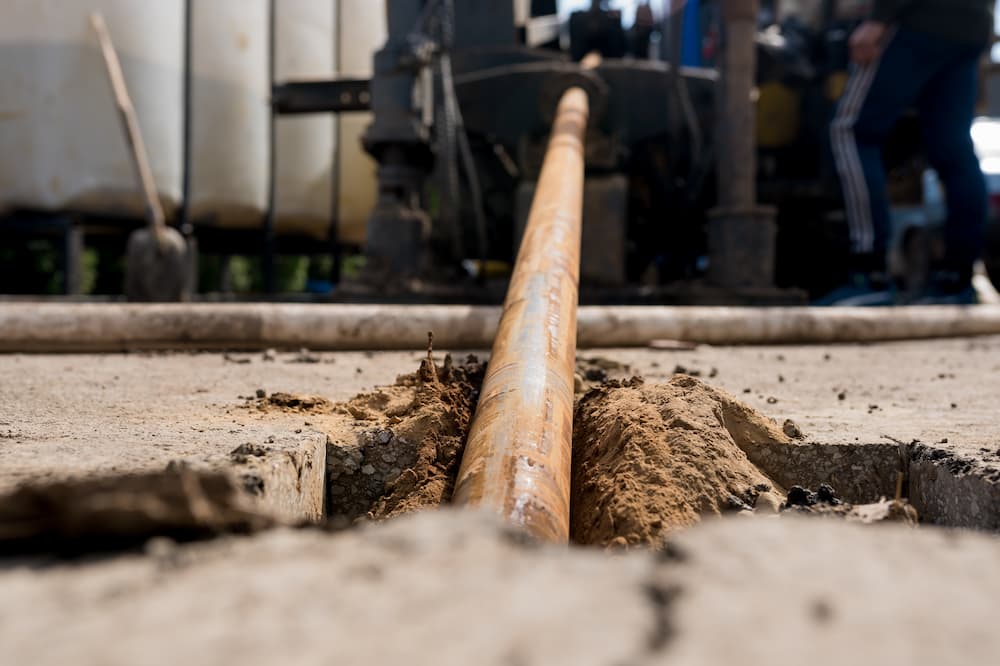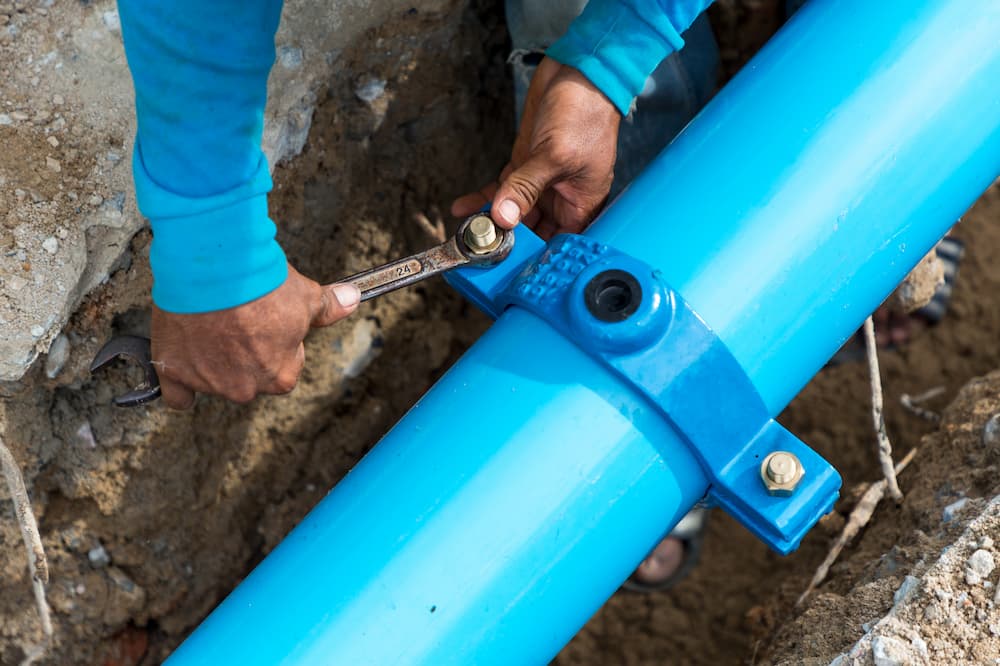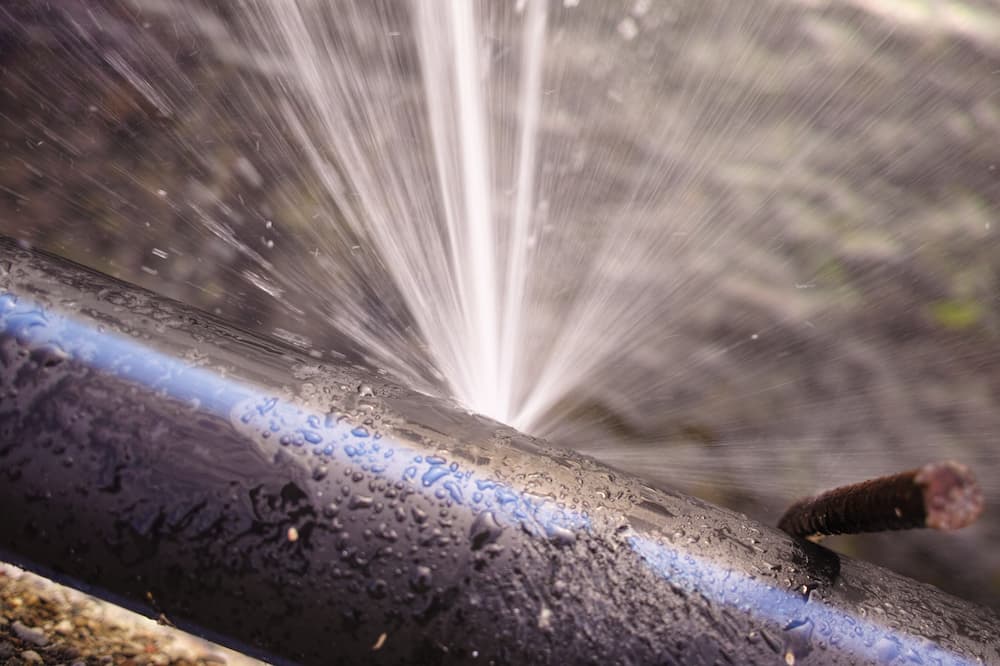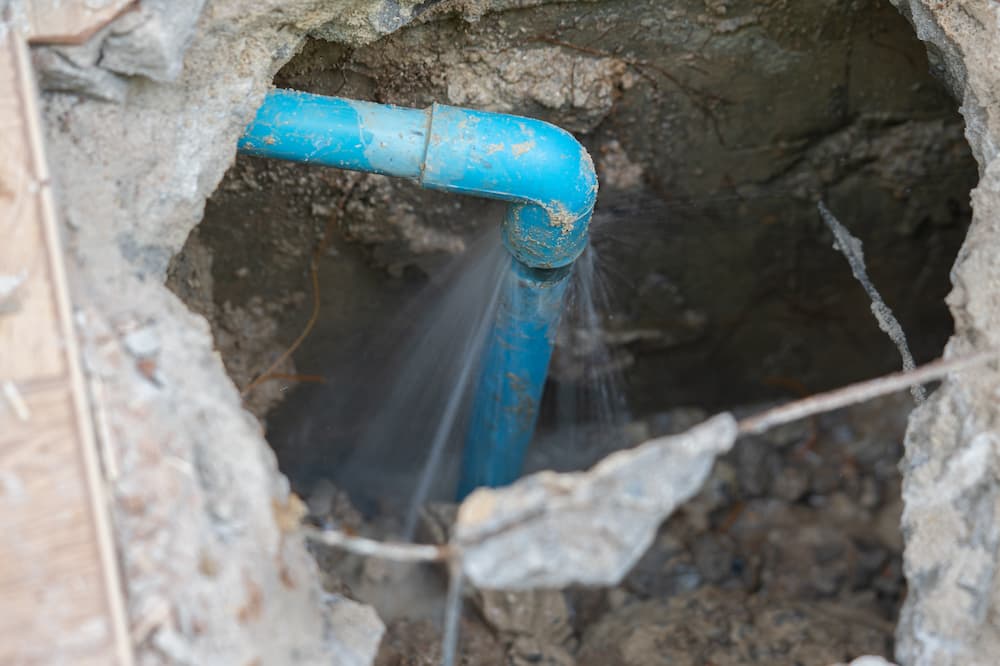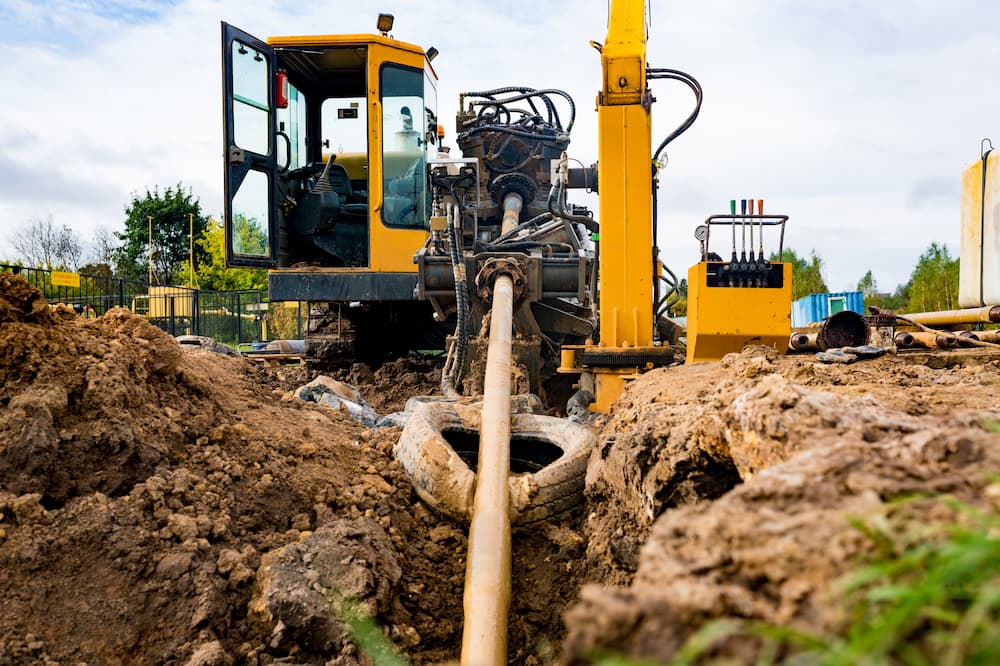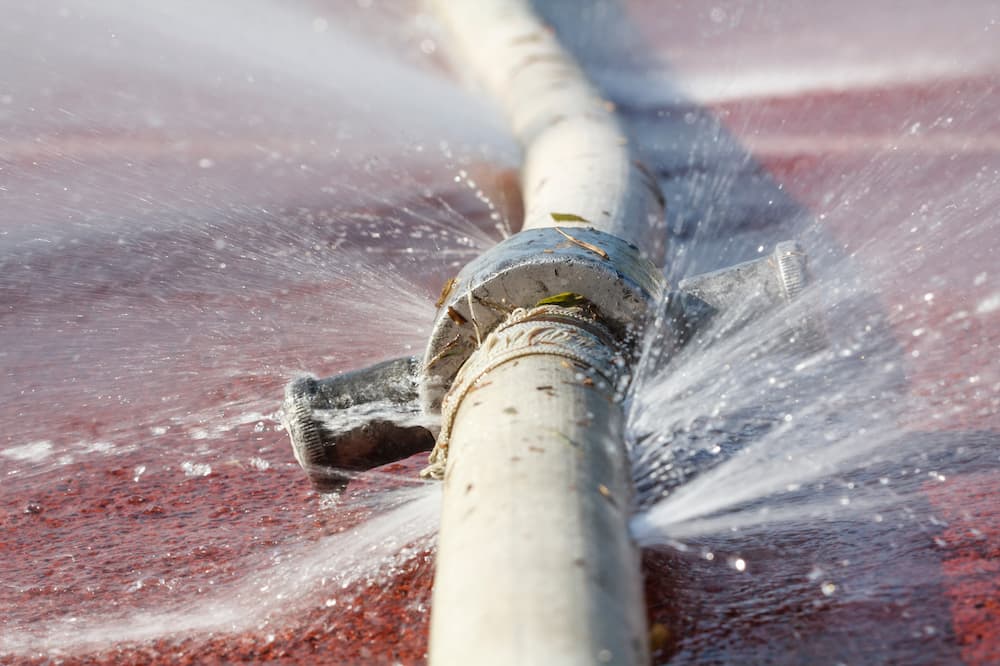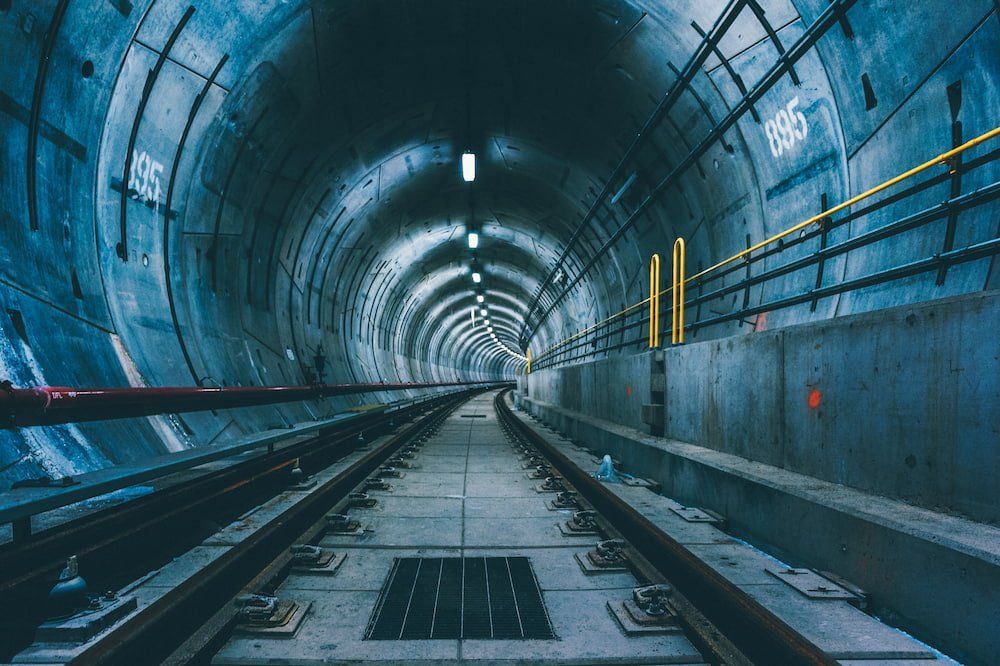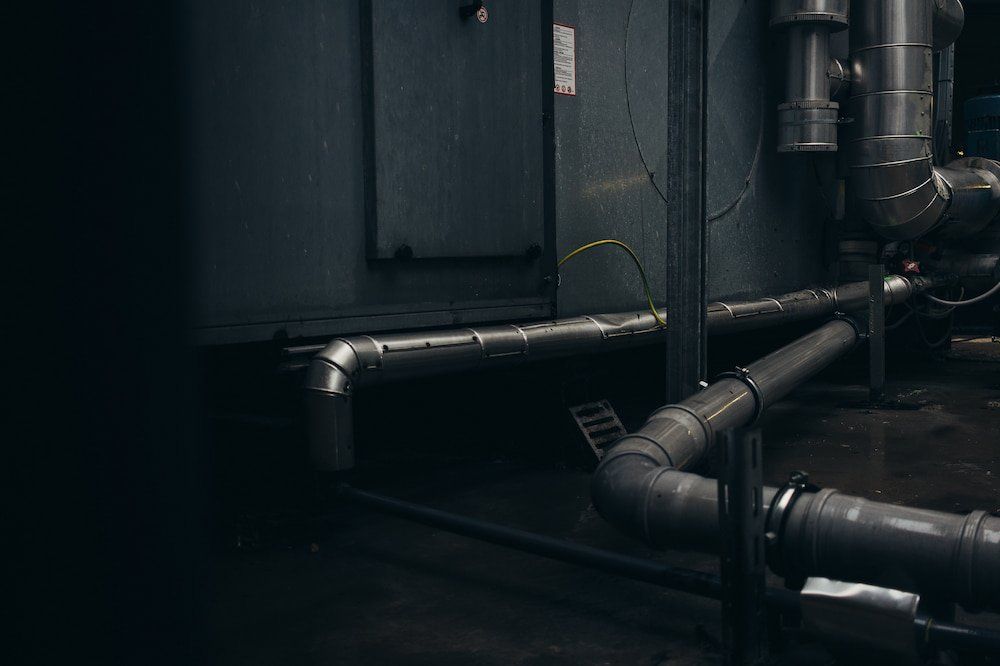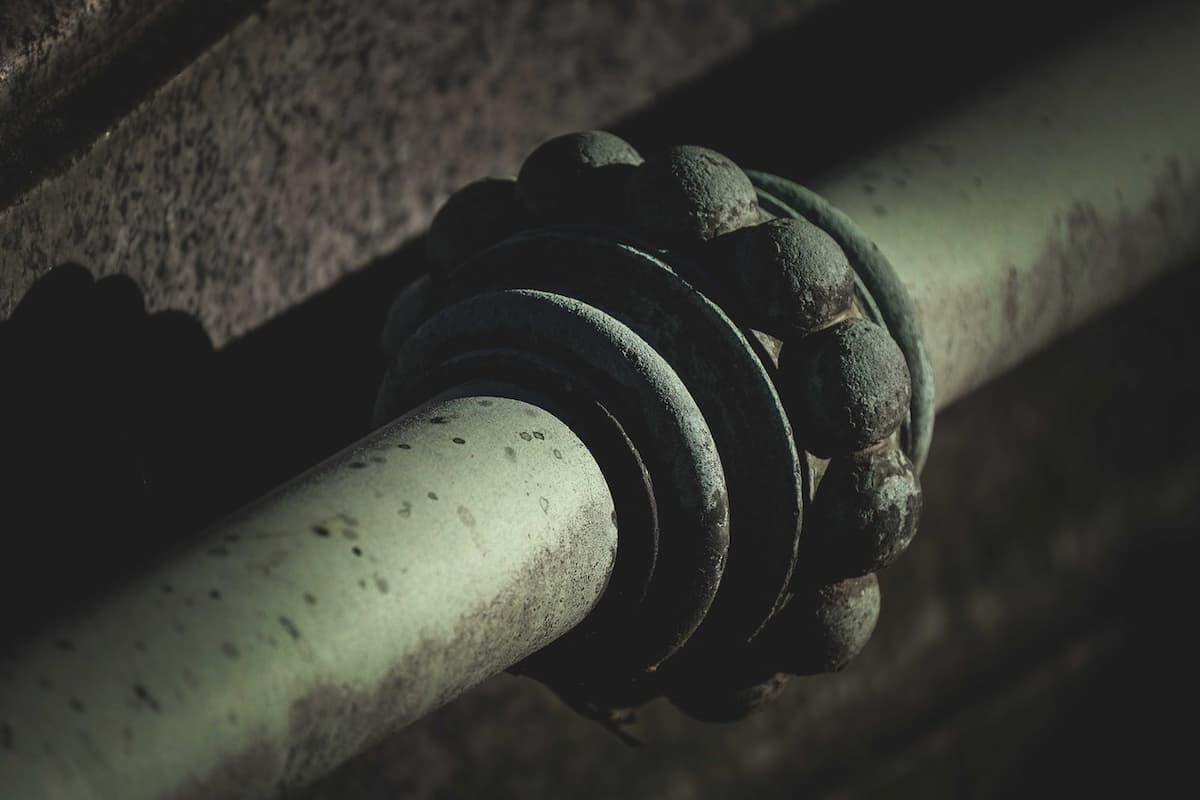The Process Of Removing Lead Pipes
Back in the 1800s, the use of lead pipes was largely popular and regarded as an acceptable mode of water distribution until people discovered that lead pipes could cause poisoning in humans and mammals who drank from them.
In the early to mid-20th century, many countries began to ban the use of lead pipes in plumbing, and as it stands today - the use of lead pipes in water distribution is frowned upon.
However, most main lines were constructed across the previous century, and many have found that thousands of main lines and service lines are still made of lead pipes. Even with the advancement in technology, lead pipes are still dangerous to the health and wellbeing of others.
The adverse effect of lead exposure is one of the major reasons people are trying to eradicate lead pipes from their water distribution systems.
Testing For Lead Pipes
Do not assume that you have lead pipes if you have not tested them. Apart from calling on an expert to check for lead pipes, you can check your service lines and distribution pipes by going to the main water supply line inside your home to check for the colour of the pipe.
If you cannot ascertain the colour properly, gently scratch a portion of the pipe with something sharp; test if it can hold a magnet and if it appears silver or grey. If it doesn’t - you have lead pipes in your home.
How To Remove Your Lead Pipes?
We strongly recommend that you do not attempt this task yourself. This is because removing lead pipes, especially throughout the home and the service lines, is not a one-person job. The first thing to know about removing lead pipes in your home is that once a supply line crosses a highway boundary.
In order to be on the safer side, we recommend that you employ the services of fully trained experts who can undergo the checking and necessary removal and maintenance if required. After you have found out that you have lead pipes in your home, we recommend contacting a utility company and making the necessary arrangements to remove and replace them.
Once you have hired your experts, they will first undergo an inspection. This is to ensure that your property features lead pipes. If so, you will need them to be replaced. Since this falls under the government's responsibility, you will need to inform them beforehand so that the internal construction is completed before that of the main lines.
Removing your lead pipes may mean that your water supply will be shut off sometimes, so arranging both constructions to fall on the same day or week will lessen the burden. You may also need to gain a permit to allow the street road to be closed for some time. It’s not always the case, but it won’t hurt to ask as these applications may take months to be approved.
On the day of construction, your water supply will be shut off for hours, so you need to be prepared. You also need to evacuate and remove furniture as well as some of your belongings that may be obstructing the supply lines.
To replace your lead pipes, there are three options to choose from; open trench, which involves excavation from the point of connection to the main; replacement on new routes; in this case, the discarded pipe is left in the ground while a new pipe is installed along a different route using a trenchless method such as
impact moling; replacement using existing routes or pipe pulling which is currently the most preferred technique involving allowing the new pipe to be constructed along the original route while disconnecting the old pipe.
These three techniques have their pros and cons regarding cost, time, and sustainability. Ensure that you have discussed all your options.
Conclusion
After construction, landscaping will need to be carried out to repair damages to the flora or irrigation line. You may need to flush internal and external pipes for about 60 minutes after replacement.
All taps should be cleaned to remove lead debris. You may still need to continue using a water purification system for the next six months to be safe from any lead particles dislodged during pipe replacement.
CONTACT
3 Ridgewood Drive,
Birkenhead, Wirral
CH61 8RA, UK
T: 0800 009 2964
E: enquiries@ardentutilities.co.uk
